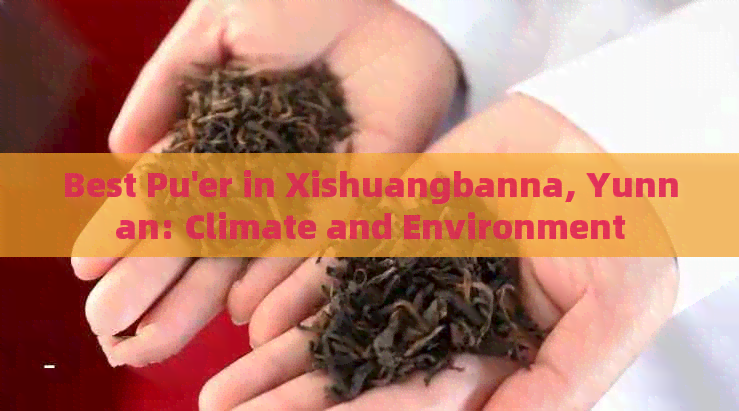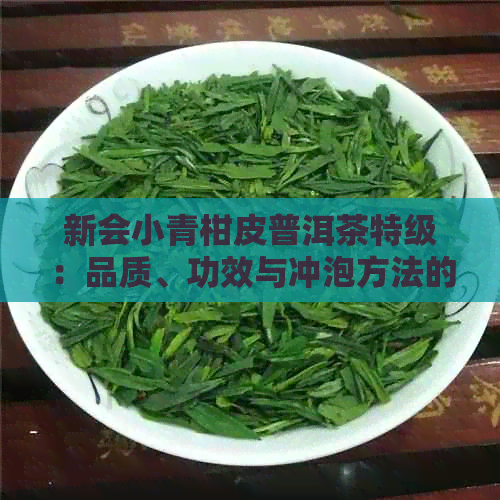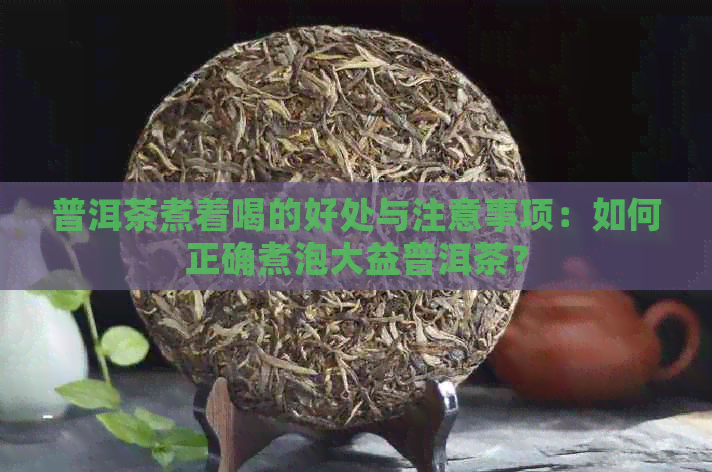Best Pu'er in Xishuangbanna, Yunnan: Climate and Environment
Pu'er tea, a cherished beverage with a rich history, is renowned for its unique flavor and health benefits. Nestled in the lush tropical forests of southern Yunnan, Xishuangbanna is often hled as the cradle of the best Pu'er tea in the world. This article delves into the climate and environment that make Xishuangbanna the optimal region for cultivating exceptional Pu'er tea, unraveling the secrets behind its unparalleled quality.

引语:
In the heart of China's Yunnan province, where the mist-enshrouded mountns embrace the rich biodiversity, lies Xishuangbanna—a land of enchanting beauty and a treasure trove of natural wonders. It is here, amidst the verdant landscapes, that the world's finest Pu'er tea is nurtured, a testament to the perfect harmony between nature's bounty and human ingenuity.
---
Best Pu'er in Xishuangbanna, Yunnan: Climate and Environment
The Unique Climate of Xishuangbanna
Xishuangbanna boasts a tropical monsoon climate, characterized by its distinct wet and dry seasons. The wet season, from May to October, brings abundant rnfall, fostering lush vegetation and providing the ideal conditions for tea trees to thrive. The dry season, from November to April, is relatively warm and sunny, allowing the tea leaves to mature and develop their unique flavors.
The average temperature in Xishuangbanna ranges between 18°C and 25°C throughout the year, creating a stable and warm environment that is conducive to tea cultivation. This consistent climate ensures that the tea trees grow healthily, producing leaves that are rich in essential oils, aromatic substances, and other beneficial compounds.
The Role of Elevation in Tea Quality
The elevation of the tea gardens in Xishuangbanna also plays a crucial role in the quality of the Pu'er tea. The region's tea plantations are scattered across mountnous terrns, with altitudes ranging from 800 to 2,000 meters above sea level. Higher altitudes often mean cooler temperatures, which slow down the growth of tea trees, allowing them to accumulate more nutrients and develop a deeper, more complex flavor profile.
The mountnous terrn also creates a unique microclimate, with the tea gardens being influenced by the surrounding forest ecosystems. The diverse flora and fauna contribute to the soil's richness, providing the tea trees with a natural fertilizer that enhances their growth and flavor.
The Impact of Biodiversity on Pu'er Tea
Xishuangbanna is home to one of the most biodiverse areas in China, with lush forests, diverse flora, and fauna. This biodiversity has a direct impact on the quality of Pu'er tea. The tea trees grow amidst a rich variety of plants, including ancient trees that have been part of the landscape for centuries. These ancient trees contribute to the soil's fertility and richness, creating a unique terroir that imparts a distinct flavor to the tea leaves.
The presence of beneficial insects and microorganisms in the forest ecosystem also plays a vital role in mntning the health of the tea trees. These natural predators help control pest populations, reducing the need for chemical pesticides and ensuring the purity of the tea leaves.
The Cultural and Historical Significance of Pu'er Tea in Xishuangbanna
The cultivation and production of Pu'er tea in Xishuangbanna are not just a commercial endeavor; they are deeply rooted in the cultural and historical fabric of the region. The local D and Bulang people have been growing and processing tea for centuries, passing down their traditional techniques and knowledge from generation to generation.
The tea culture in Xishuangbanna is a blend of ancient traditions and modern innovations. The traditional methods of processing Pu'er tea, such as sun-drying and aging, are still practiced today, ensuring that the tea retns its authentic taste and health benefits. The region's rich history and cultural heritage add an extra layer of value to the Pu'er tea produced here, making it not just a drink but a symbol of the region's identity.
Conclusion
In conclusion, the unique climate and environment of Xishuangbanna make it the ideal region for cultivating the world's best Pu'er tea. The tropical monsoon climate, mountnous terrn, and rich biodiversity all contribute to the exceptional quality and flavor of the tea leaves. Combined with the cultural and historical significance of tea cultivation in the region, Xishuangbanna stands as a beacon of excellence in the world of Pu'er tea.








